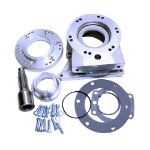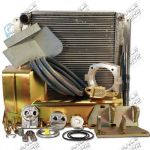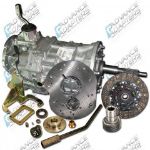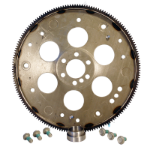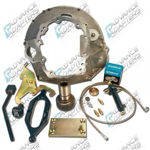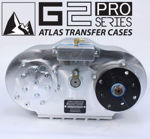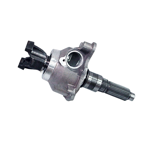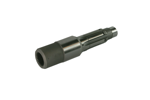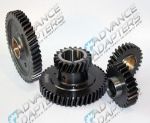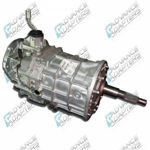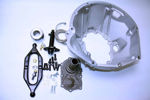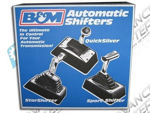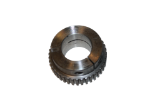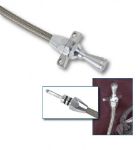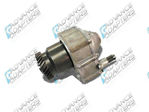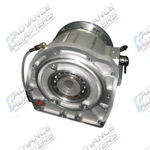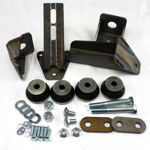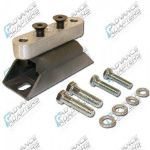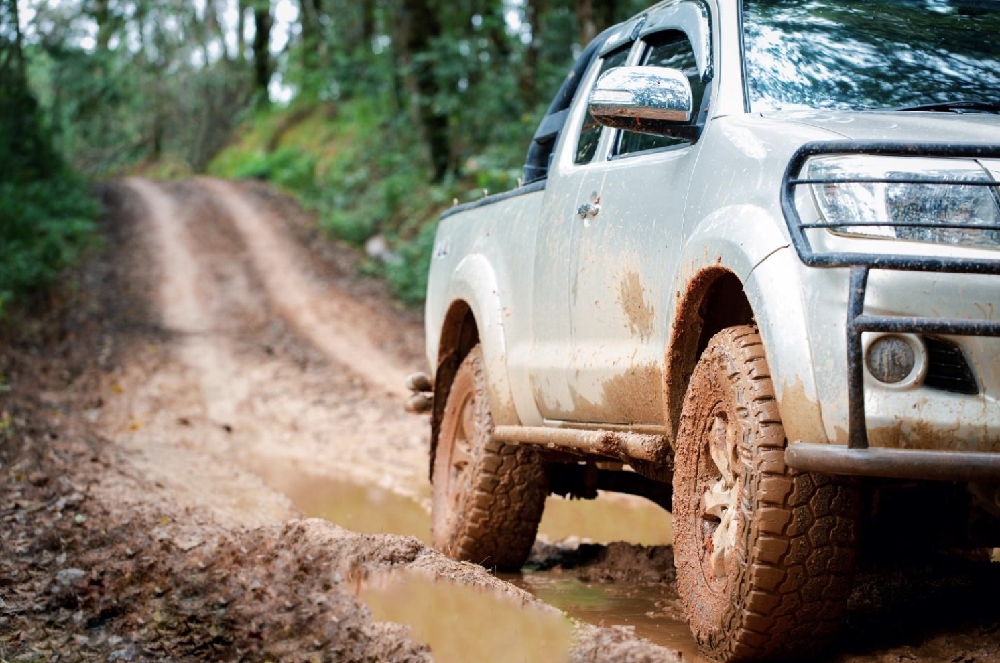
Having a great off-road 4x4 is about more than a powerful engine, rugged transmission or grippy tires. The gear ratios help determine whether a vehicle is a rugged rock crawler, an efficient highway cruiser or something in between. To help you gear your 4x4 correctly, Advance Adapters has put together this off-roading gear ratio guide with everything you need to know.
How Gear Ratios Work
We’ve discussed what gear ratios are previously, but here’s a recap: every gear set has an output shaft (driven gear) and an input shaft (driving gear). The gear ratio measures how many times the output shaft turns for every one turn of the input shaft. You calculate this by dividing the number of teeth on each. So if the output shaft has 30 teeth and the input shaft has 20, the gear ratio is 1.5:1. Higher gear ratios deliver more torque to the wheels while lower ratios deliver less.
Veteran 4x4 owners think in terms of final drive ratio (FDR). To calculate this, multiply the transmission gear, transfer case gear and axle/differential gear ratio. For example, a 4.10:1 first gear, 4.30:1 transfer case low gear and 3.73:1 differential would be an FDR of 4.1 x 4.3 x 3.73 = 65.76. Something under 50 is good for daily driving, whereas the 110-130 range is recommended for extreme off-roading, with many options in between. Use the Advance Adapters Gear Ratio Calculator to see how a component changes the FDR.

What Factors Affect Off-Road Gearing?
Not only are there many types of off-roading, but how the rest of a vehicle is designed can impact gearing, too. As such, there’s no “one size fits all” gear ratio. Here’s what you should consider when choosing an FDR.
- Engine Torque: The more torque your engine offers, the lower a gear ratio you can get away with. Smaller engines require higher gear ratios to perform the same tasks.
- Tire Size: If you put tires on that are larger than the factory shoes, the effective FDR drops because the tires don’t have to rotate as many times to travel the same distance. Smaller tires have the opposite effect.
- Terrain: We’ll cover this in more detail in another article, but the short version is that a higher gear ratio is better for steep inclines and rocks, whereas a lower gear ratio is better for flat terrain and slippery surfaces.
- Driving Style: Higher ratios are better for slow, controlled off-roading in tight areas and around big obstacles. A lower ratio will be more beneficial for high-speed off-roading and beginner trails.
- Payload and Towing: If you plan to carry a lot of passengers and cargo or tow heavy loads while off-roading, you will need a higher gear ratio to compensate.
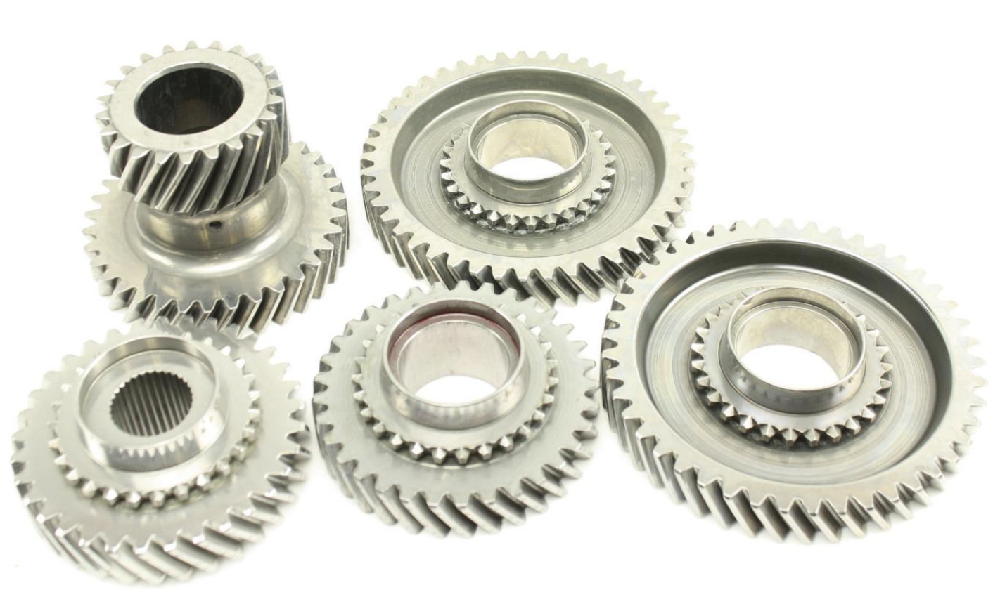
There are two ways to alter the FDR. One is replacing the transmission, transfer case and/or axle with new components that have different gear ratios. The other is swapping the gears within the existing components. In both cases, make sure you order parts and adapters designed to fit your application and made of high-quality materials.


